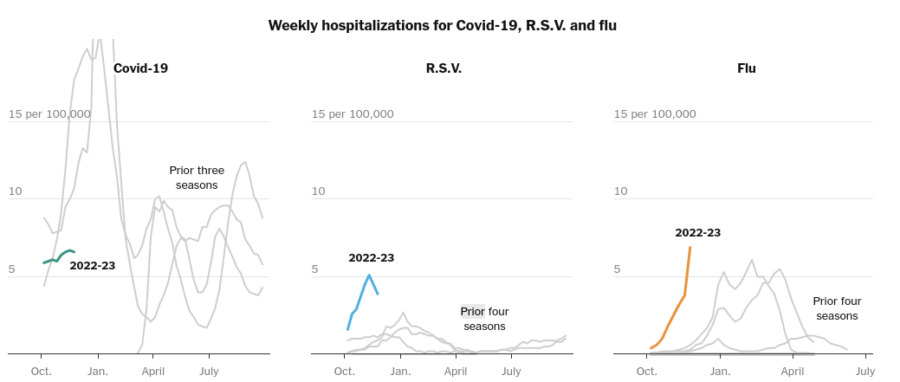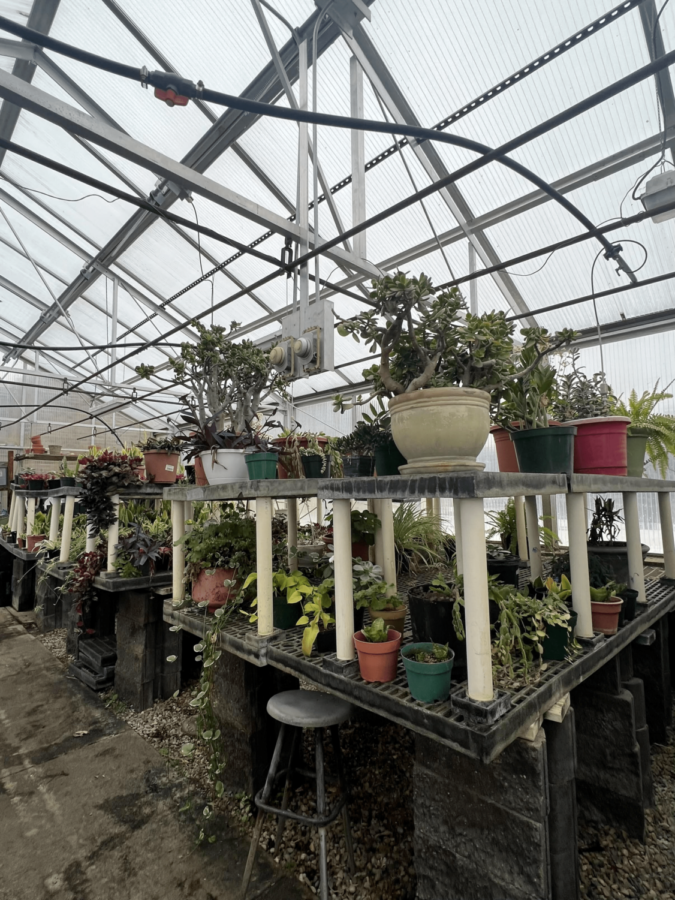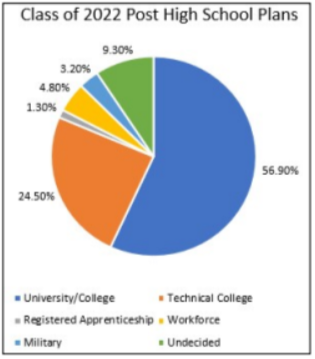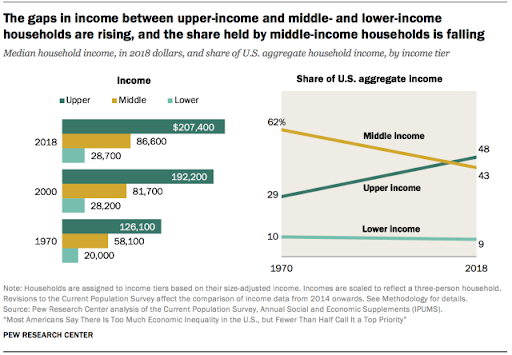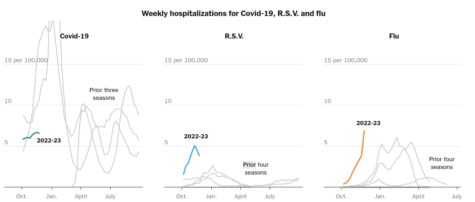Warehouses Finding Solutions!
November 3, 2021
During the pandemic lockdowns people were buying goods from online instead of going to the store, Many warehouses were concerned for the health of the workers.
During this period many in the U.S. had difficult times. Many workers were set into quarantine, which made them buy products online. Interestingly, manufacturing machines or robots were one way to successfully keep up the companies profits.
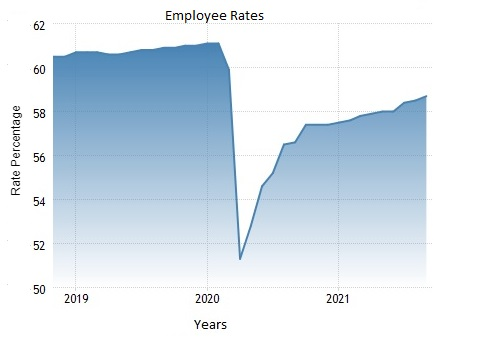
In the pandemic from late 2019 to now, many businesses struggle to find or keep enough warehouse workers. Companies aren’t keeping up with the online demands for the products the buyers buy. So there was a highly delayed supply chain. This impacted the economies and people became highly impatient.
Many workers were kicked out of their jobs because of Covid. Though later on, warehouses added 168,000 jobs available for those who seek employment. Trying to hire more workers, companies even give bonuses for those that signed up. This is tremendously popular. There was a rise of 13.6% of employees for hiring during April 2020 to 2021. Though many workers complain that there aren’t enough employees to keep up with the demand, so they planned to add 75,000 more warehouse workers, at Amazon and other online companies. Many demand that having more warehouses workers would be a bigger risk for many of the workers to get covid even if they did a self covid test.
During the pandemic lockdown companies such as Amazon exceeded triple its own profits compared to its usual profits, increased from $8,1 to $24 billions dollar.
For these reasons many industries use more robots as the solution to reduce & minimize close contact with other coworkers. They did this so they could get there businesses back to normal during the loss of workers during the Covid pandemic. LINK
A lead vice president of technologies KLS states that robots aren’t really taking over jobs. “Robots are beginning to fill that void,” said Dwight Klappich, a supply-chain research vice president at Gartner Inc. The Technology-research firm forecasts that demand for robotic systems that deliver goods to human workers will quadruple through the year 2023. Few tech facilities invested or worked together with jobs that are mainly from warehouses or from other factories or any jobs with repeatable work that is step by step.
The takeaway of this shows that these robots will take care of the gaps of human work during the pandemic where there weren’t as many workers. Even if these machines take over jobs for workers, production companies could try to make deals with other technology companies. Technology companies support other factories by employing former factory workers Then both could earn there fair share of profits.


